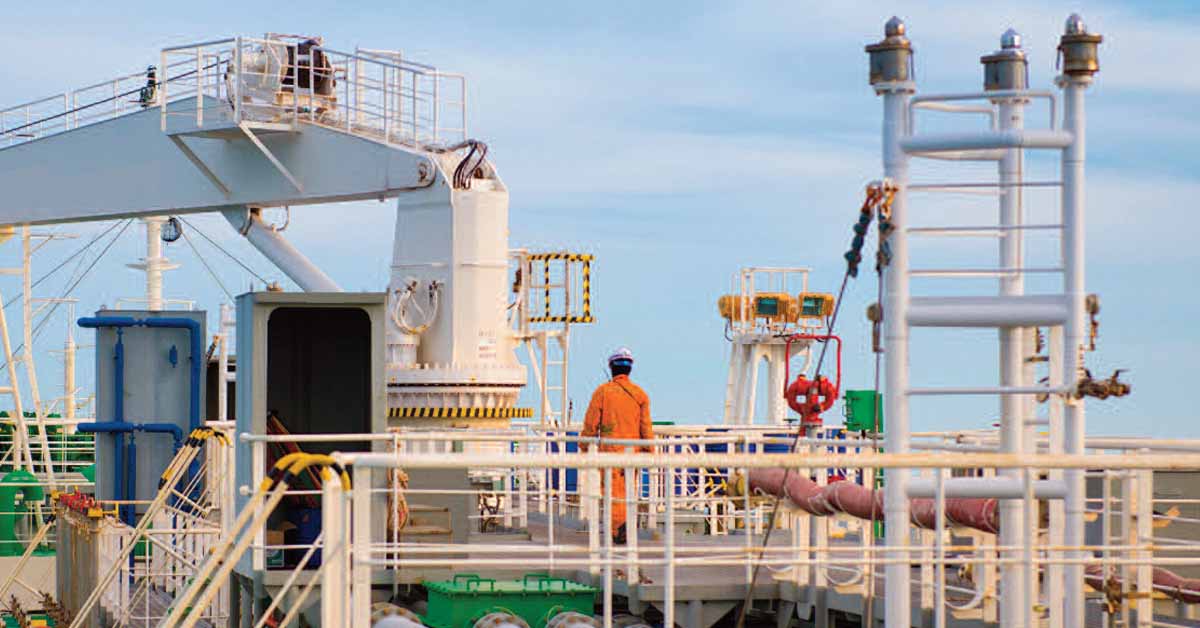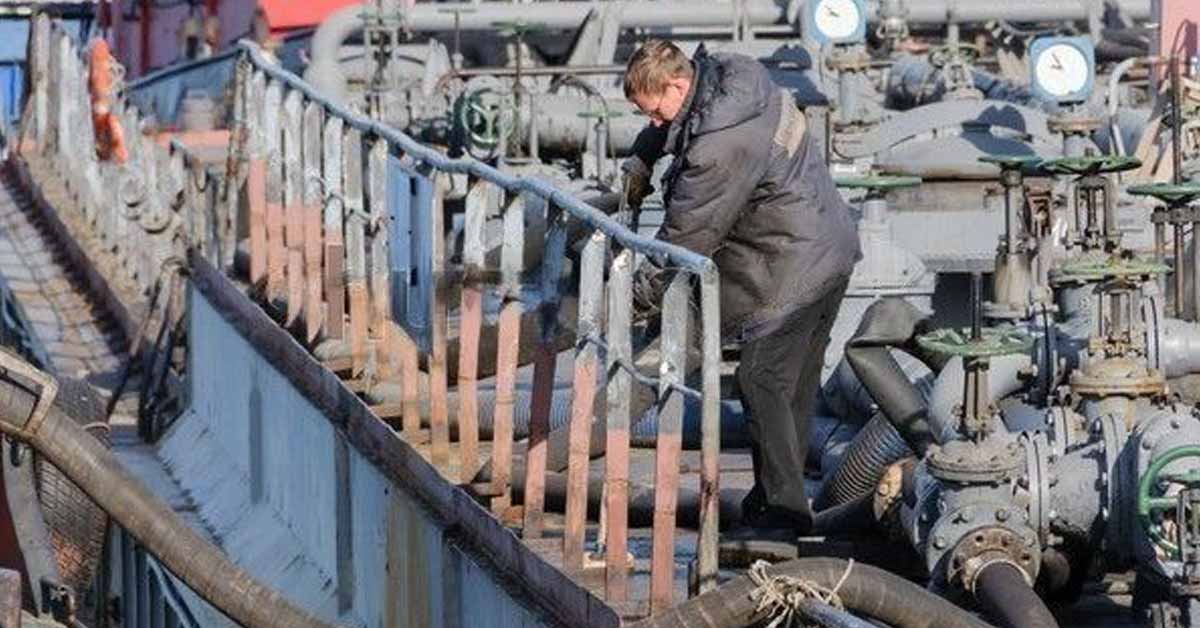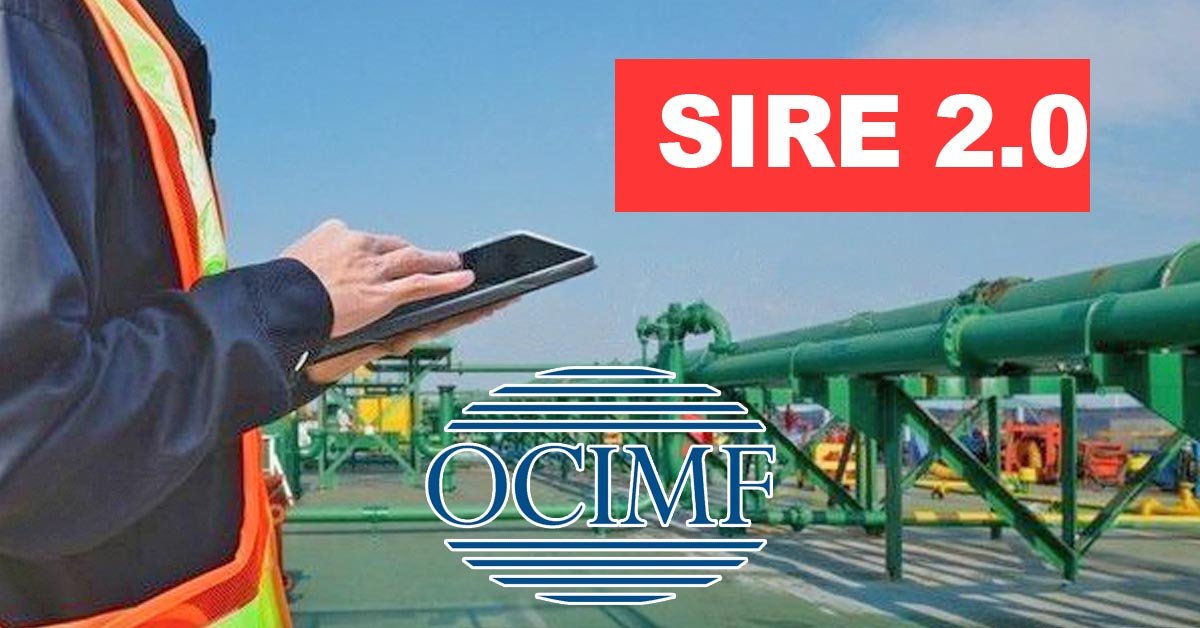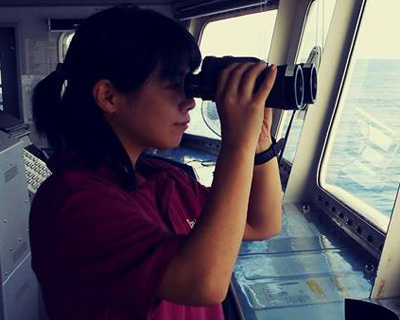A new inspection regime, called SIRE 2.0, will be served to all tanker vessels in the 4th quarter of 2022.
According to OCIMF, this modern approach to vetting inspection will have significant improvements compared to the current version of SIRE.
But we still don’t know how vetting exams will behave under SIRE 2.0. Though it has been tested on a few ships, a more accurate performance will appear once it enters the market.
One thing is certain. This cutting-edge approach takes into account all the information from OCIMF’s 180,000 inspection reports since 1993.
A clever algorithm uses that database and the data from the ship itself to generate bespoke questions unique to that vessel.
To know more about it, let’s take a recap first on the current SIRE procedures.
SIRE 1.0
The Ship Inspection Report Program (SIRE) is a risk assessment tool for tankers ships and barges that charterers, terminal operators, and government bodies use to assess a ship’s safety aspect.
Looking at it another way, SIRE is a series of safety checklists implemented and executed on tankers and barges.
Vetting inspectors ensure that ships follow them and upload their findings on a common database where charterers can see them.
The Most Hard Core Inspection
As you all may know, SIRE 1.0 is hardcore!
Someone asked me which of the surveys and inspections was the most sophisticated.
My answer is always hands-down unanimous. Vetting inspection is the mother of all onboard inspections.
If you are a tankerman, I can relate to you because we all have experienced it.
As soon as we receive news of vetting, our life quickly revolves around tedious preparations, scrutinized checklists, perfectly written logbook entries, and sophisticated training schemes.
Making the ship ship-shaped and perfect in all safety aspects within a 24-hour voyage to the next port is not a stranger to us tanker fellows.
We have to throw away the rest hours and embrace maximum stress as we pore over the questions from the SIRE 1.0 checklist!
The OCIMF
OCIMF or the Oil Companies International Marine Forum is a voluntary association of oil companies. It works to promote safe and environmentally responsible transportation of oil and gas.
This includes offshore marine operations supporting oil and gas exploration, development, and production.
With their main office in London, they now have more than 100 members worldwide.
They also developed the Ship Inspection Report Program (SIRE) which led to what we now have as vetting inspections.
Mixed results and better solutions
Because of OCIMF’s strengthened campaign through vetting inspections using this method, many tanker owners stepped up the safety aspect of their ships.
Substandard vessels went bust or were forced to comply to continue doing business.
It actually became a good trade-off. The stress we undergo results in safer ships. And safer ships mean good business and continuous employment for us.
But there is a limit.
Study shows that more inspections do not necessarily translate to safer ships, but the opposite.
A normal vetting using the current SIRE program takes an average of 10 hours to conduct.
The stress and workload on top of the discharging or loading operations on board become very high during the inspection.
Since stress is correlated to the crew’s safety performance, something has to be done.
Moreover, the industry continues to evolve at a rapid rate. The integration of technology introduced new risks that made the old system inefficient.
The solution?
SIRE 2.0.

What is SIRE 2.0
SIRE 2.0 is an enhanced and risk-based vessel inspection program that will supersede the existing SIRE regime.
In this inspection, the vetting inspector uses computer algorithms to serve bespoke questions to the vessel.
The questions will depend on the type of tanker ship, historical performance, operational records, and construction outfits.
Together with the 180,000 inspection records in its database, the algorithm will match those details and serve the right query from its library of questions.
This means that each ship has a unique set of questions and no two inspections will be the same.
The ship’s crew, vessel owners and operators, charterers, or even the inspector himself will not be able to predict the kinds of questions using this system.
OCIMF’s Four Key Areas of Focus
OCIMF’s SIRE 2.0 will focus on these key aspects in the maritime industry.
- Accuracy – Facilitating an accurate description of how key safety and operational risks are managed and verified onboard a vessel.
- Capability – Training and developing inspectors who are of the highest quality, consistency, and integrity.
- Reliability – Strengthening vessel inspections and reducing the number of repeat inspections required.
- Adaptability – More rapid response to human factors, industry changes, regulatory framework updates, and technological advances.
SIRE 2.0: Area of Focus for Ships
Questions given out to vessels using the SIRE 2.0 regime are unique.
It will be generated using the Bow-tie methodology, a structured approach to risk identification and management.
These will be the four key areas during the inspection:
- Core – The minimum questions required to meet the members’ fundamental risk assessment criteria.
- Rotational – The questionnaire algorithm will ensure that all non-core questions are covered over a period of time and that each inspection template is designed for a defined duration.
- Conditional – Specific questions based on the available data on the vessel, operator, or ship type.
- Campaign – Area of specific focus from OCIMF and its membership requiring time-limited exposure.
How the inspection is made using SIRE 2.0
Since technology is the highlight of SIRE 2.0’s vetting inspection, the inspector will use a tablet device connected to the internet.
But before going into the nitty-gritty part of vetting, everything starts in the OCIMF portal.
First, the vessel owner requests an inspection using the OCIMF portal. The request will be validated and a qualified inspector will be nominated for the task.
Second, the inspector will be provided with information such as vessel particulars, certificates, pre-inspection questionnaires, past inspection observations, PSC data, incident data, and relevant photographs and plans.
Vessel operators will provide some of these data and submit them using the portal.
Third, comes the inspection phase. This is where the inspector uses his tablet throughout the vetting process.
The tablet allows GPS tracking, auto logging of start time and finish, and auto submission of inspection reports.
In case photographic verification is needed to support a finding, the tablet also allows that function.
The tablet will auto-open an editor when a non-compliant observation is given.
This allows for a granular assessment of the observations including a breakdown by equipment, procedures, and human factors.

The human element
SIRE 2.0 also incorporates the human factor as the core of its inspection process. This is very different from SIRE 1.0 which focuses on hardware and management system.
Thus, the inspection will cover the relationships between man, machine, and another man.
It will grasp the physical, social, and psychological factors affecting their interactions and how errors are made along the way.
To achieve this, Performance Influencing Factors (PIF) are assessed. PIFs are the characteristics of the job, the individual, and the organization that influences human activities.
Beyond human error, the inspection procedure also seeks to delve further into the crew’s decisions and actions that had led them to such incidents.
Conclusion
The Oil Companies International Marine Forum (OCIMF) has greatly reduced tanker accidents and incidents in the last decades with its current SIRE system.
However, the industry continues to evolve and new risks are discovered that the old method finds difficult to keep up.
Incorporating technology with inspection regimes to create tailored questions relevant to a specific ship sounds more efficient than generalized questions.
But we still have yet to see how the shipping industry reacts to this development. If it proves to be successful, other survey regimes may follow suit.
What do you think about this new approach?
May the winds be in your favor.



0 Comments